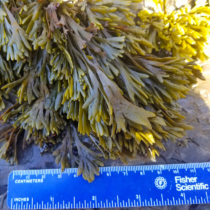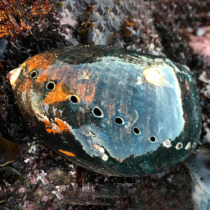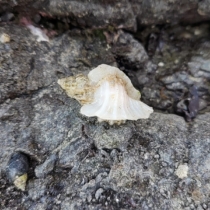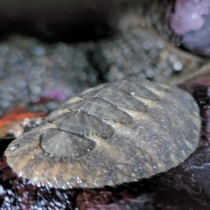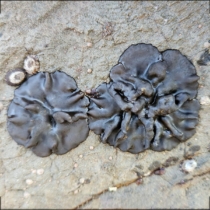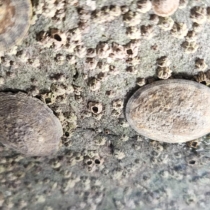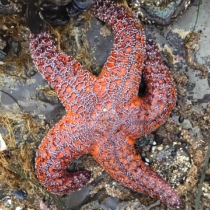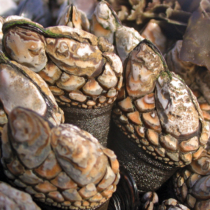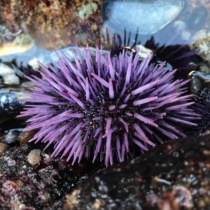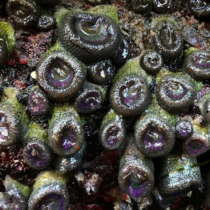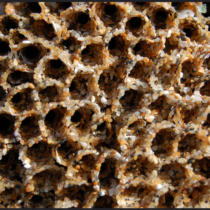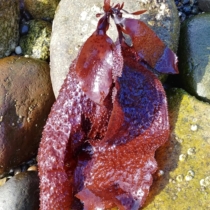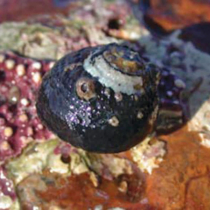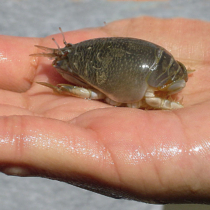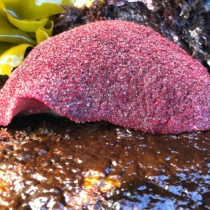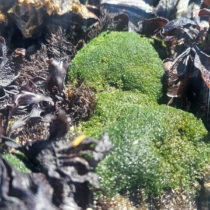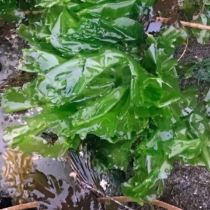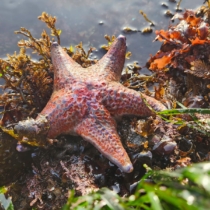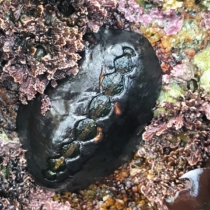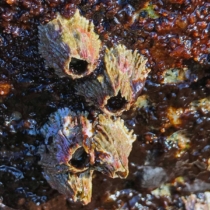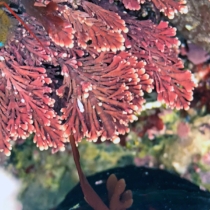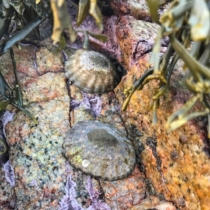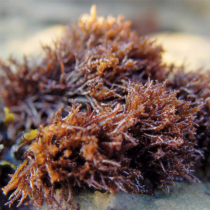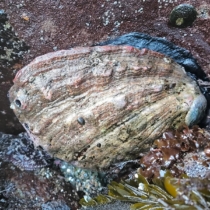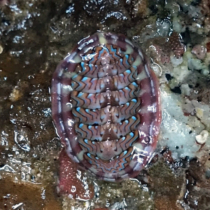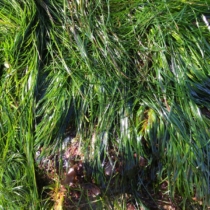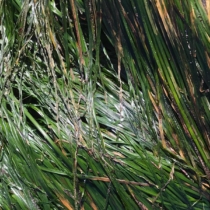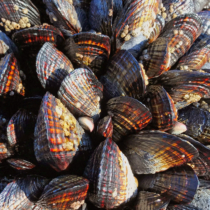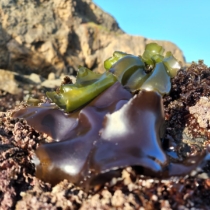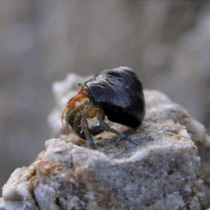Cleo, Jerome, Kate, and Gloria Bishop O’Dowd High School No need to feel clawstrophobic (or get crabby), there is plenty of room for all the sand crabs on Playa del Rey Beach! So, how has sand crab population changed over time on this Southern Californian beach? This question allows us to further understand the […]
[…] of males vs females has evened out 1:1, because, as the graph shows, the numbers of males, females, and recruits is very inconsistent and there is no pattern. Since males are smaller than females, some biologists believe that females live for longer periods of times. They believe that males have the potential to grow large […]
[…] in the scientific process and marine ecology, EMPOWERS students to collect real data for scientists, and INSPIRES students to protect their coastal and ocean ecosystems. Providing LiMPETS free of charge to students from under-resourced schools to experience this in-depth science curriculum – has been a hallmark of the program. For many teachers, LiMPETS is […]
[…] the vibrant green of sea lettuces. As the evening approached and people were more intently focused on data collection, beauty never escaped their acknowledgment. Once, a few new freshmen were so moved by the brilliant orange and coral sky that they posed for a picture. Their celebration of this majestic sunset not only demonstrated […]
[…] the reef. In addition to the hustle and bustle of traveling to our monitoring site and scrambling over the rocks of intertidal ecosystem, we organize a routine pattern for counting critters. We search in between the layers of seaweeds to find turban snails, whelks, and the like. This data is then used to track […]
[…] in future generations of sand crabs as well. Change in Abundance of Female Sand Crabs with Eggs Over a Ten Year Period Our data demonstrated no specific pattern regarding female sand crabs with eggs over the duration of the past 10 years. However we observed an event in which the high amount of pregnant […]
[…] year period. The report focuses on ecological status and long-term trends along beaches and rocky intertidal areas within California’s North Central Coast region, including trends within California’s new network of marine protected areas. LiMPETS findings identify long-term declines in key species of the rocky intertidal. Additionally, initial benefits of protection may include greater stability […]
[…] found a significant amount of females with eggs this fall, the crabs most likely mated in late summer. According to our school’s data from past trips, this pattern of fewer recruits than males and females has been consistent since 2003. Now that you know a bit about sand crabs, we hope you can take […]
[…] 2007 Cosco Busan oil spill the Sand Crab population showed no change. Since the oil spill affects a limited area, that location can quickly be repopulated by new generations from different locations. Over all, oil spills may result in sand crabs dying in that area, but do not affect the general population. There is […]

